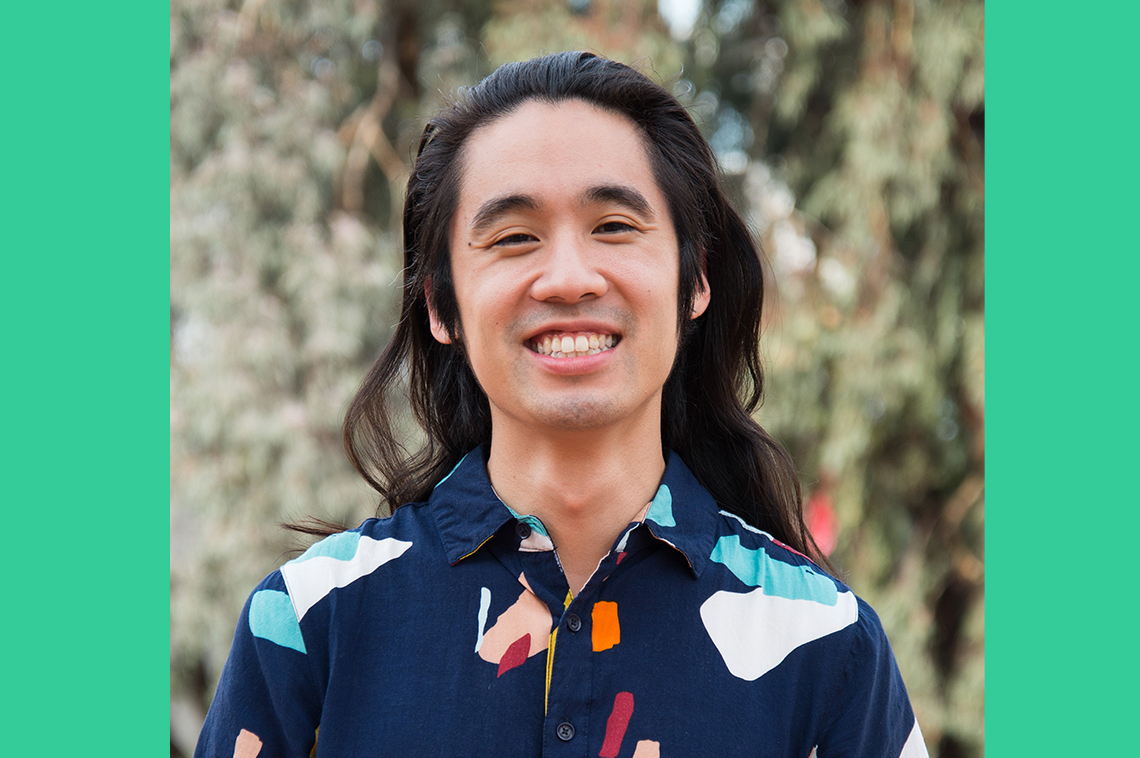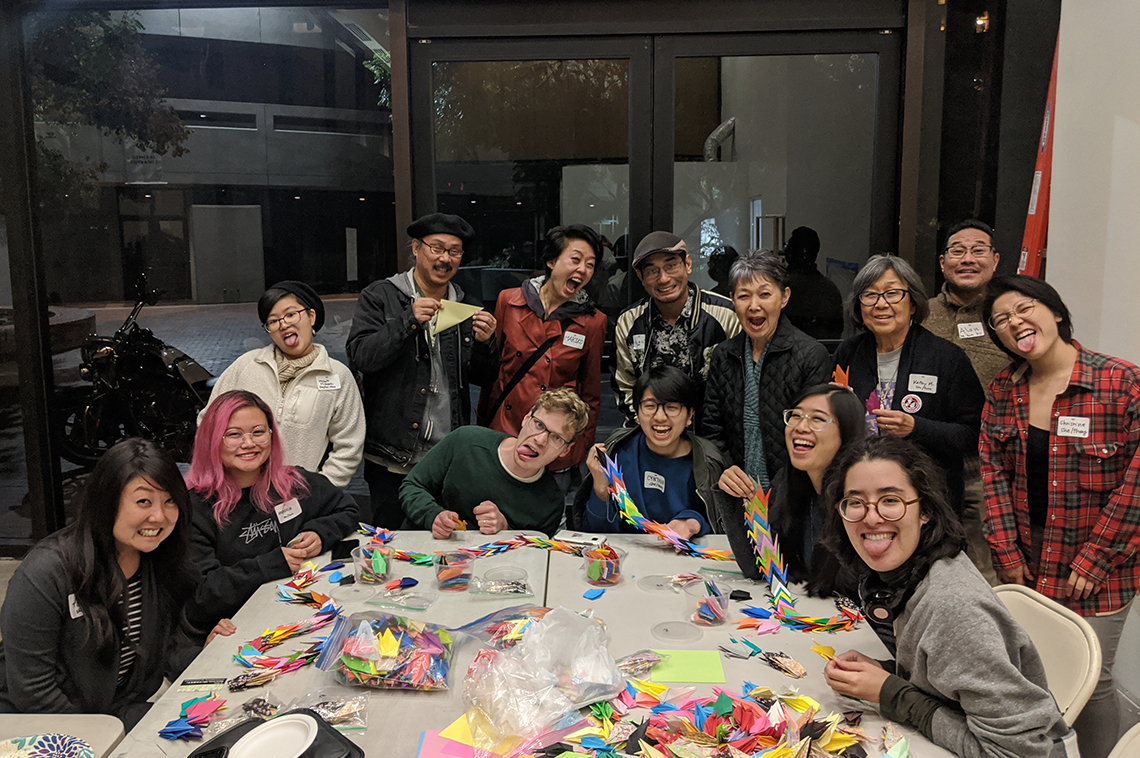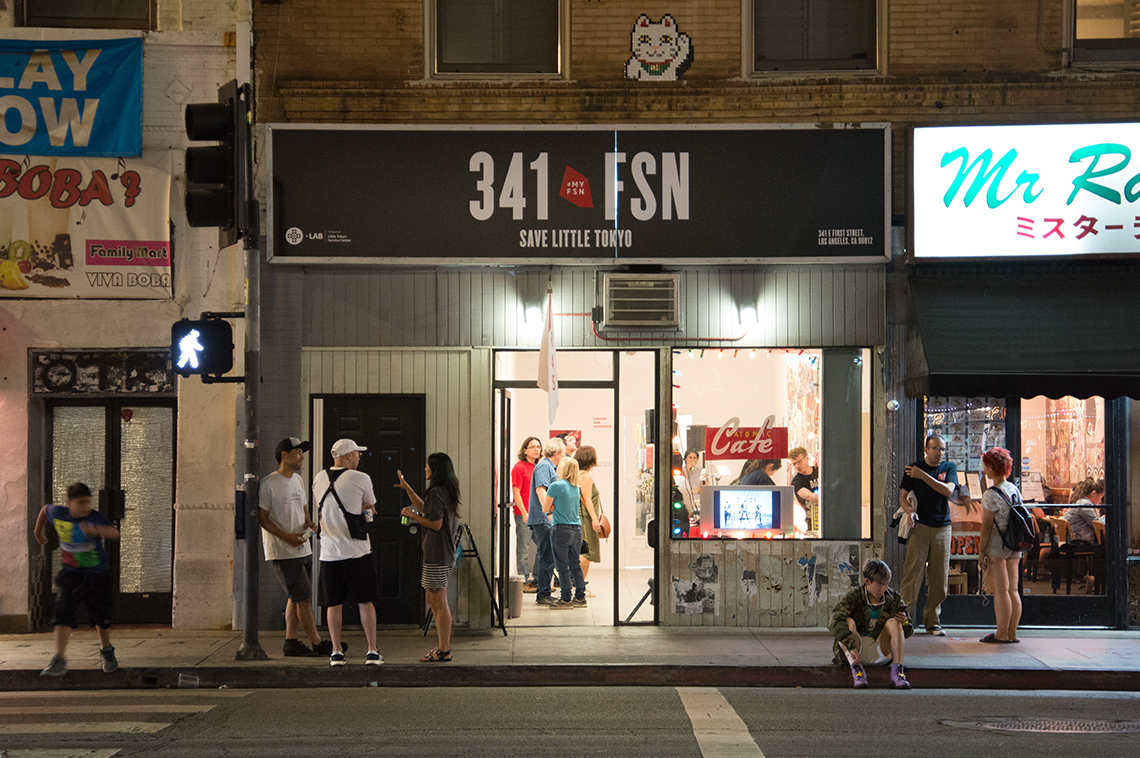


Registration is open for the ArtPlace America Virtual Summit, a celebration and culmination of a decade of work as part of an extraordinary community of artists, community developers, culture bearers, designers, government officials, philanthropists, and researchers coming together from rural, suburban, Tribal, and urban communities across the United States. This blog post is part of a series from our BIPOC affinity group leaders. These are peer led, community organized sessions that meet a couple of times before, during, and/or after the summit.
The virtual summit is free and open to the public. For more information and to register visit ArtPlaceSummit.org
Follow the summit conversation on social media via #ArtPlaceSummit
- -
As a photographer, I am often asked questions like, “Could you help take photographs of the event tomorrow?” This might sound familiar to most artists, regardless of their medium: requests to emcee the event you thought you were just attending, or copy edit a book with no pay, or have a three-person band perform music for a $50 honorarium. The problem is not simply paying artists a fair wage, but valuing and recognizing our sometimes less tangible forms of artistic labor. Yet there is a recurring joke amongst art workers in creative placemaking about being asked, “Could you design a poster?” or “Could you facilitate this community workshop and make it fun?” The question has only changed forms.
What does it mean to value artists and cultural bearers as leaders and organizers within and anti-displacement work and the field of creative placemaking?
I have the joy of working in Little Tokyo, Los Angeles’ historic Japantown. Our community has a long history of recognizing artists and cultural bearers as integral to the neighborhood’s growth, existence, and future. Buddhist temples, such as Koyasan Beikoku Betsuin, were our first cultural centers with large community spaces for rituals and performances. During the Depression, artists and business owners created Nisei Week Festival to celebrate Japanese/Japanese American arts and culture, support struggling businesses, and bring back the Nisei, the second generation. During the rampant displacement in the 1970s, Little Tokyo fought to create my organization, the Japanese American Cultural & Community Center, to provide a permanent home for, as our long-winded name makes clear, our culture and community. When Little Tokyo was seen as blighted and abandoned, artist traci kato-kiriyama created the Tuesday Night Cafe performance series to provide a platform for Asian American Pacific Islander (AAPI) artists and to incubate the next generation of arts activists.
Sustainable Little Tokyo (SLT) continues this legacy by integrating artists into our community organizing and vision for our future—from the beginning. SLT hired an artist organizer to lead the arts-based strategies (me!). We created the Arts Action committee to ensure that artists were at the forefront of our fight to control the last three parcels of public land in Little Tokyo. Our team provided training and workshops so artists learned relevant city processes and the dizzying chain of command within local politics. The Arts Action committee led our first campaign: a fight for equitable development on the First Street North block. We created art projects such as ART@341FSN that brought to life our vision for cultural sustainability, supported artists, and cultivated a broader base of community activists. We launched a petition with over 3,000 signatures demanding that our Mayor and Councilmember adhere to our community priorities and vision. And we had a lot of fun!
In Little Tokyo’s 136 years of creative placekeeping, arts and culture is not a means to an end, but an end in itself. Artists are not seen as a tool for promotion or community engagement, a poster designer, or an afterthought. We are a vital part of the identity of this community and the fight to protect it. This legacy is how I was able to find a sense of belonging in Little Tokyo, and may offer a path forward for artists fighting against displacement and our most vulnerable communities.
After nearly four years of working with SLT, I am beginning to recognize my unique role as a nonprofit administrator, an artist, and organizer. I find myself searching creative placemaking conferences for other artists and arts organizations. Artists rarely have the opportunity to gather with one another, to take a breath, and to share our experiences, stumbles, struggles, and wins within the creative placemaking field. In response, SLT proposed the Artist Happy Hour affinity group as part of ArtPlace Summit 2020. We are carving out a space for ourselves to ask our own questions. And maybe have a mimosa.
. . .
Scott Oshima is a multi-media artist born and raised in the portion of Los Angeles known as the San Fernando Valley. He now resides in Northeast Los Angeles in the Atwater Village neighborhood. In his family, photography was always in the picture, and so was his urge to explore the arts. Undeterred by his Los Angeles public school’s lack of photography classes, Scott went on to study photography in college and received a Bachelor of Fine Arts degree from the California Institute of the Arts. From then on, Scott has also ventured into the likes of writing, sculpture and video art forms. He has created artwork based in Los Angeles and has worked as the Program Coordinator at Venice Arts , a non-profit that teaches low-income youth how to tell stories using photography, filmmaking, and other forms of media art. He is currently the artist organiser at Sustainable Little Tokyo, part of Little Tokyo service center.
Little Tokyo Service Center (LTSC) was one of the Community Development Investments program launched in 2015 to investigate and support place-based community development organizations to sustainability incorporate arts and culture into their core work. It provided $3 million to each of six community planning and development organizations over three years, along with significant technical assistance on conceiving, executing, and financing creative placemaking projects aimed at achieving their missions more effectively and for more of their communities. Read more here and visit sffed.us/sffedarts.





